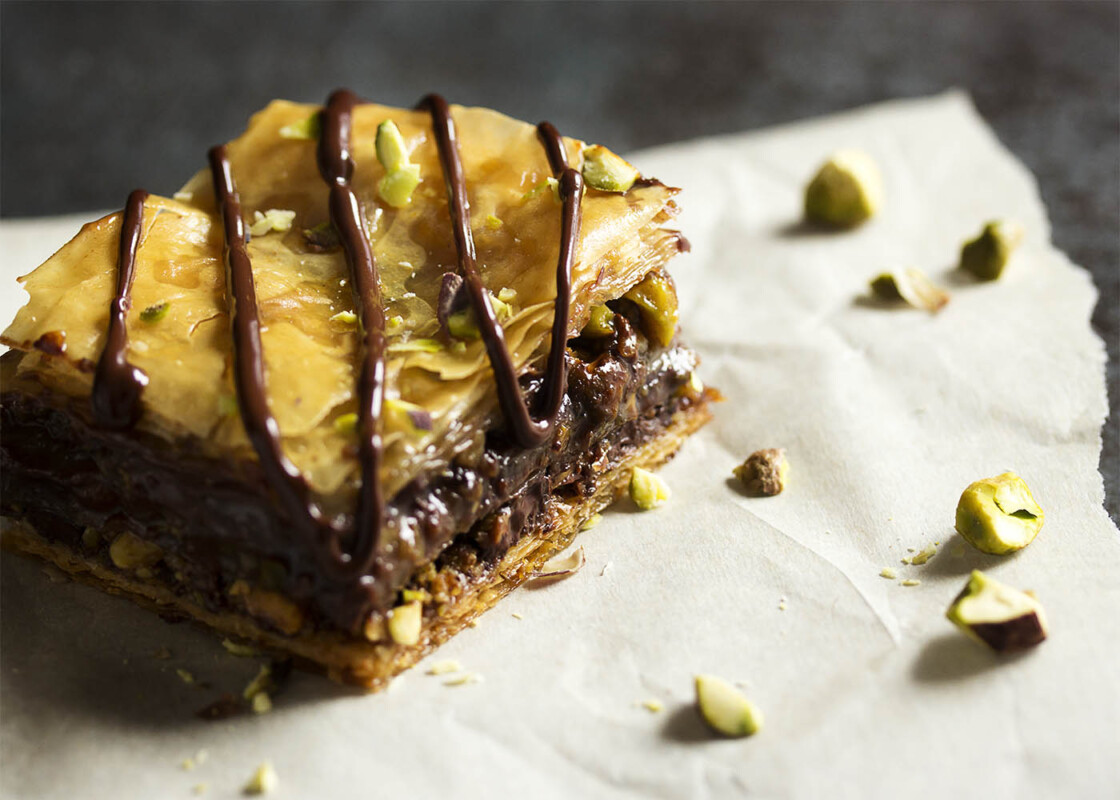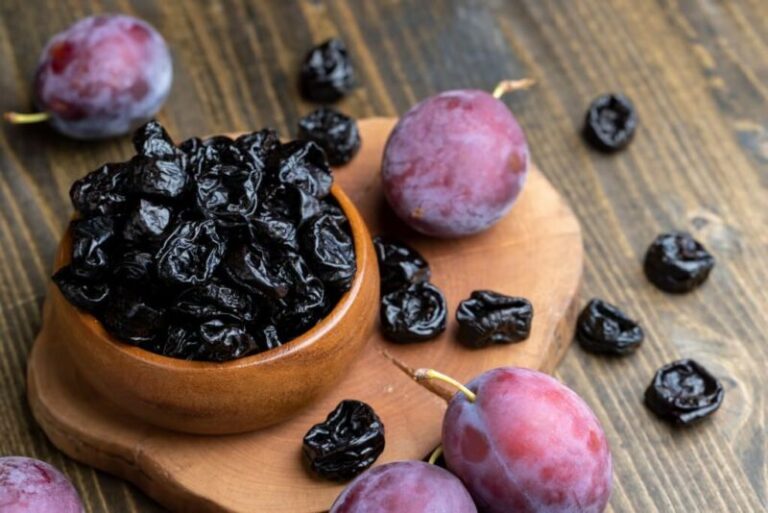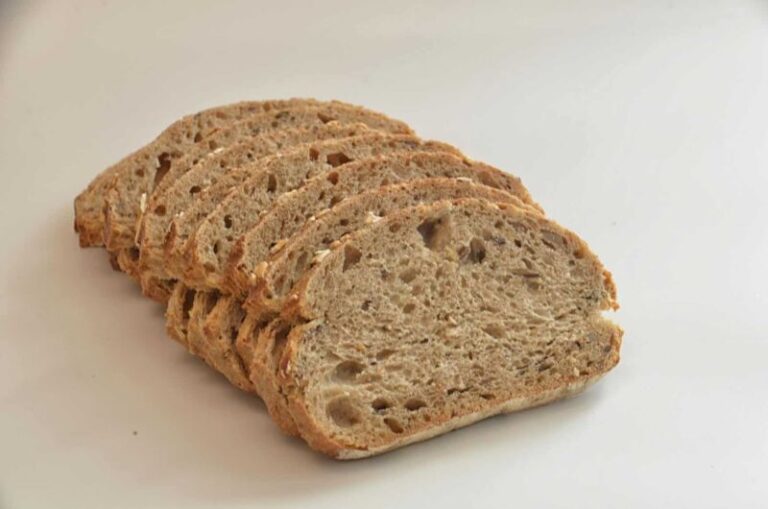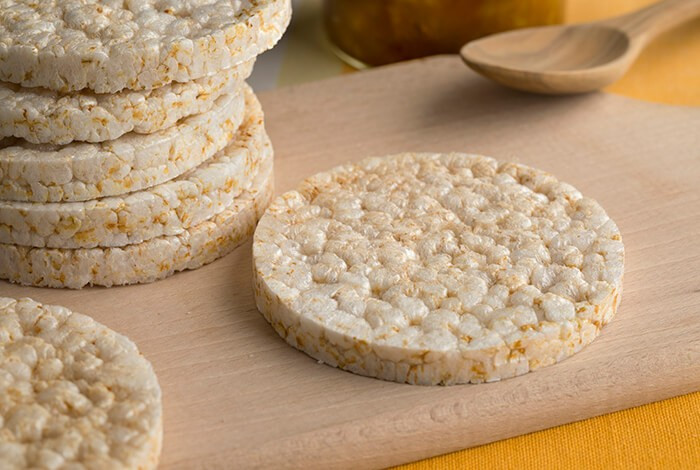The 20 Popular Greek Desserts
Greece is renowned for its rich history, stunning landscapes, and vibrant culture. But one aspect of Greek life that often gets overlooked is its diverse and delectable dessert offerings. Greek desserts are an integral part of the country’s culinary heritage, reflecting its history, seasonal changes, and regional influences. In this article, we’ll explore the top 20 most popular Greek desserts that have captivated taste buds for generations.
The world of Greek sweets is a fascinating blend of flavors, textures, and traditions. Many of these desserts have been influenced by neighboring countries, particularly those that were once part of the Ottoman Empire. This cultural exchange has resulted in an amalgamation of tastes that make Greek desserts truly unique.
Seasonality plays a crucial role in Greek dessert culture. Lighter desserts like halva, rizogalo, and spoon sweets are favored during the warm summer months, while heartier options such as baklava and galaktoboureko are perfect for cozy winter gatherings. Common ingredients in Greek desserts include phyllo dough, semolina, milk, butter, nuts, sugar syrup, and aromatic spices like cinnamon, nutmeg, and cardamom.
One of the most intriguing aspects of Greek desserts is their regional variations. As you travel through different parts of Greece, you’ll discover subtle tweaks to traditional recipes, making each dessert a unique experience depending on where you try it.
The 20 Popular Greek Desserts
Baklava

Baklava is perhaps the most famous Greek dessert, although its origins are shared with Turkish cuisine. This indulgent treat consists of multiple layers of delicate phyllo pastry, each lovingly brushed with melted butter. Between these layers, you’ll find a generous sprinkling of chopped nuts, typically pistachios or walnuts.
What sets Greek baklava apart is the heavenly syrup that’s poured over the baked pastry. This syrup, infused with cinnamon and orange, gives baklava its signature sticky sweetness. In some regions, you might find baklava cut into diamond shapes with a single clove adorning each piece, adding an extra layer of aromatic complexity.
Galaktoboureko
Galaktoboureko, or Greek custard pie, is another beloved dessert that showcases the versatility of phyllo pastry. This creamy delight features a luscious custard made with semolina, nestled between layers of crispy phyllo. Like baklava, it’s drenched in a fragrant syrup once it comes out of the oven.
What makes galaktoboureko special is its ability to be enjoyed both hot and cold. In winter, it’s served warm for a comforting treat, while in summer, it’s chilled for a refreshing dessert experience. This adaptability has contributed to its enduring popularity across Greece.
Rizogalo
Rizogalo is the Greek version of rice pudding, a dessert found in various forms around the world. The Greek rendition stands out with its unique combination of glutinous rice, heavy cream, cardamom, cinnamon, and sugar. Served cold in a glass bowl and topped with a sprinkle of ground cinnamon, rizogalo is a refreshing summer treat.
In some northeastern regions of Greece, you might find rizogalo enhanced with a few drops of delicate rosewater, a nod to its Turkish influences. This subtle addition transforms the dessert, giving it a floral note that perfectly complements the creamy rice base.
Halva with Semolina
While many Eastern countries make halva with tahini, the Greek version uses semolina and olive oil for a unique twist. This versatile dessert is flavored with cinnamon, lemon and orange peel, and sometimes includes nuts like almonds or raisins. Modern variations even incorporate chocolate and orange for a more indulgent experience.
Halva is a popular choice in traditional Greek tavernas during the summer months, offering a sweet end to a meal without being too heavy.
Kadaifi
Kadaifi is another dessert with Turkish roots that has found a special place in Greek cuisine. This intricate pastry is made with shredded phyllo dough, butter, pistachios, walnuts, cinnamon, and a spiced syrup. Some variations replace the nuts with custard or incorporate chocolate for added decadence.
The star of kadaifi is undoubtedly its texture. The shredded phyllo creates a delightful contrast between crispy and soft textures, all held together by the sweet syrup. In summer, the custard version is often served cold for a refreshing treat.
Saragli
Often described as a rolled baklava, saragli shares many similarities with its more famous cousin. Made with the same ingredients – phyllo pastry, butter, nuts, cinnamon, and spiced syrup – saragli is distinguished by its unique presentation. The ingredients are rolled into smaller, more delicate pieces, making it perfect for serving with Greek coffee after a meal.
Bougatsa
Bougatsa is a beloved Greek custard pie, particularly popular in Thessaloniki. This breakfast favorite consists of phyllo pastry filled with a creamy semolina custard. Once baked and cooled, it’s dusted with a generous coating of powdered sugar and cinnamon.
While sweet bougatsa is a crowd-pleaser, you can also find savory versions filled with cheese or meat. The combination of crispy phyllo and smooth custard makes bougatsa a satisfying snack or breakfast option.
Portokalopita
Portokalopita, or orange pie, is a uniquely Greek creation. Despite its cake-like appearance, it’s made with scrunched-up phyllo pastry, orange juice and zest, sugar, eggs, and milk. The result is a moist, fragrant dessert that’s then soaked in an orange-flavored syrup.
Often served with vanilla or mastic ice cream and orange spoon sweet, portokalopita offers a perfect balance of sweetness and citrusy freshness.
Spoon Sweets

Spoon sweets are a versatile and distinctly Greek dessert. These preserves are made by slow-cooking fruit (or sometimes vegetables or flower petals) in water and sugar, flavored with a touch of lemon juice. The result is a syrupy concoction that’s traditionally eaten straight from the jar with a spoon – hence the name.
In summer, spoon sweets are often served with Greek yogurt, creating a perfect balance of sweet and tangy flavors. From rose petals to tomatoes and walnuts, the variety of spoon sweets showcases the creativity of Greek dessert-making.
Loukoumades
Loukoumades are the Greek answer to doughnuts. These golden-fried dough balls are made from a simple batter of flour, yeast, oil, and honey. Once fried to perfection, they’re typically drizzled with honey and sprinkled with cinnamon and chopped walnuts.
Modern variations of loukoumades include toppings like chocolate sauce or fillings like cheese, offering a contemporary twist on this traditional treat.
Melomakarona
Melomakarona are traditional Greek Christmas cookies that have become so popular, they’re enjoyed throughout December and January. These aromatic cookies are made with flour, semolina, oil, orange zest, and a blend of spices including cinnamon, nutmeg, and cloves.
After baking, melomakarona are soaked in a spiced syrup and topped with honey and walnuts. Some variations include chocolate or chestnut, adding even more depth to these festive treats.
Kourabiedes
Another Christmas favorite, kourabiedes are often described as Greek almond snowball cookies. These melt-in-your-mouth delights are made with almond slivers, flour, sugar, butter, and a hint of bitter almond liqueur and rosewater. Once baked, they’re generously dusted with powdered sugar, creating their signature snowy appearance.
Karidopita
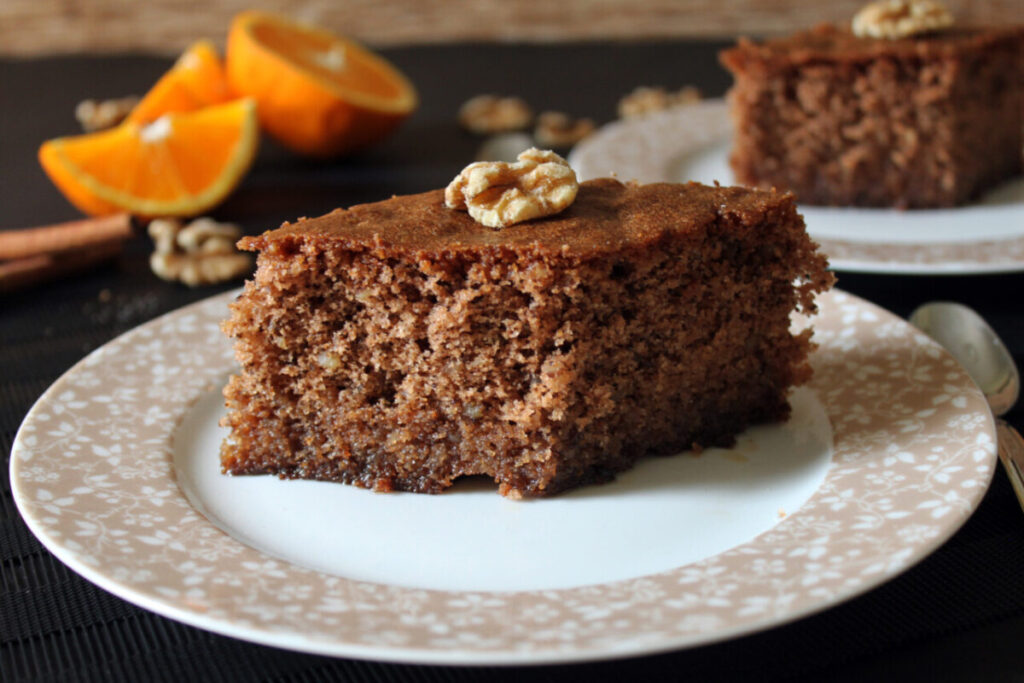
Karidopita is a Greek walnut cake that’s popular in many regions, especially in eastern Greece. This moist and flavorful cake combines ground walnuts with flour, cinnamon, cloves, eggs, and butter. Like many Greek desserts, it’s soaked in a spiced, lemon-flavored syrup after baking.
Typically served warm and often paired with vanilla or mastic ice cream, karidopita is a comforting dessert that’s perfect for cooler months.
Pasteli
Pasteli is one of the oldest and most traditional Greek dessert-snacks. This simple yet satisfying treat is made primarily with sesame seeds and honey, sometimes incorporating nuts for added texture. On some Greek islands, pasteli is still made using the traditional method of drying the sesame mixture in the sun.
Revani
Revani, also known as ravani, is a sweet semolina cake that’s enjoyed year-round in Greece. This light and fluffy dessert is made with semolina, flour, sugar, eggs, orange zest, and yogurt or butter. After baking, it’s soaked in a cold, orange and cinnamon-spiced syrup.
Revani is often topped with shredded coconut, chopped pistachios, or ice cream, making it a versatile dessert that can be adapted to different tastes and occasions.
Panorama Triangles
Named after an area in Thessaloniki, Panorama triangles are a unique Greek pastry. These cone-shaped phyllo pastries are filled with a rich, milky vanilla cream. After baking, they’re dipped in simple syrup and sometimes topped with crushed pistachios.
Panorama triangles are best enjoyed chilled, making them a perfect summer treat that combines crispy pastry with cool, creamy filling.
Tsoureki
Tsoureki is a traditional Greek Easter bread that resembles a babka. This aromatic bread is made with flour, yeast, sugar, and butter, but what sets it apart are the unique spices used: mahlab, cardamom, and mastic. These spices give tsoureki its distinctive flavor that’s uniquely associated with Greek Easter celebrations.
Diples
Diples are deep-fried dough rolls that are then dipped in a honey-lemon syrup and topped with chopped walnuts. These crispy treats offer the perfect balance of sweetness and crunch, making them an ideal accompany to Greek coffee or as a post-lunch sweet snack.
Loukoumia
Loukoumia, the Greek name for Turkish delight, is popular in the eastern Aegean islands close to Turkey. These chewy, bite-sized sweets are made with gelatin, cornstarch, rosewater, and sugar, often flavored with various essences and sometimes containing nuts. Dusted with powdered sugar, loukoumia offer a unique texture and flavor experience.
Galatopita
Rounding out our list is galatopita, or milk pie. This custard-like dessert is made primarily with milk, butter, semolina, and eggs. What makes it unique is its caramelized top layer, reminiscent of crème brûlée. Typically served cold and dusted with cinnamon and sugar, galatopita is a refreshing summer dessert that showcases the simplicity and elegance of Greek sweets.
Conclusion
In conclusion, Greek desserts offer a diverse and delightful journey through flavors, textures, and culinary traditions. From the well-known baklava to the lesser-known but equally delicious galatopita, these popular Greek desserts reflect the country’s rich history and regional diversity.
What makes Greek desserts truly special is not just their incredible taste, but the stories and traditions behind them. Many of these desserts are tied to specific holidays or seasons, making them an integral part of Greek cultural celebrations. Moreover, the regional variations of these desserts showcase the diversity within Greek cuisine itself. As you travel through different parts of Greece, you’ll discover subtle differences in recipes, each telling a unique story about the local culture and available ingredients.
Whether you’re a fan of syrup-soaked pastries, creamy puddings, or simple honey-based treats, Greek desserts offer something for every palate. So the next time you’re looking to satisfy your sweet tooth, why not embark on a culinary adventure through these popular Greek desserts? You might just discover your new favorite treat!
